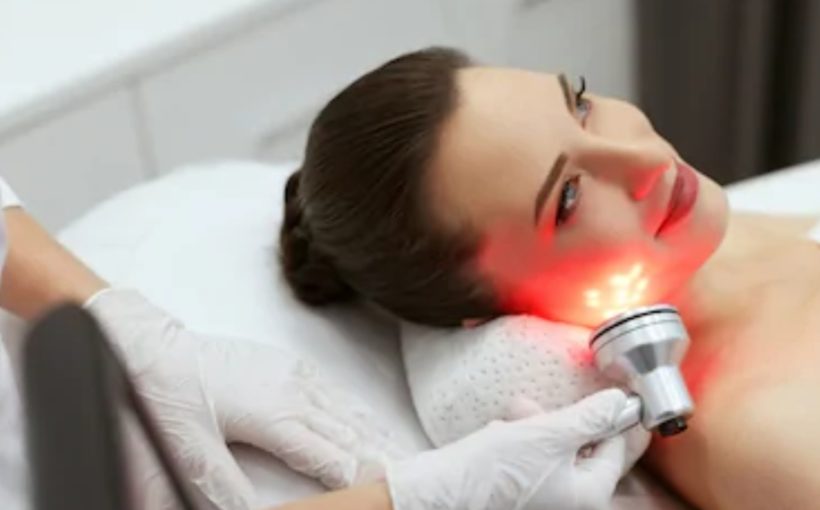Light therapy could replace opioids as main treatment for cancer treatment side effect. Full versionLight therapy could replace opioids as main treatment for cancer treatment side effect. The new guidelines from the Multinational Association of Supportive Care in Cancer (MASCC) and International Society of Oral Oncology (ISOO).
The guidelines recommend photobiomodulation therapy, a form of low-dose light therapy, for the prevention of oral mucositis caused by radiation therapy for head and neck cancer or stem cell transplantation.”Many cancer patients can now benefit from this treatment, said Praveen Arany, DDS, Ph.D., co-corresponding author on the paper and assistant professor of oral biology at the University at Buffalo School of Dental Medicine.”The staggering breadth of clinical application for photobiomodulation therapy has been both a boon and a bane for the field.
Several anecdotal clinical reports have been plagued with inconsistent outcomes and questionable rationales, often relegating this treatment to a pseudoscience.”Arany also said recent advancements are enabling rigorous validation of clinical protocols.”This is a major milestone for the field and we are confident it will set a clear path for several exciting clinical applications for photobiomodulation therapy from concussions and wound healing to exciting new work with regenerative medicine and stem cells,” said Arany, who is president of the World Association for photobiomoduLation Therapy (WALT).
Multiple studies have found that patients report oral mucositis as the worst side effect of their cancer treatment. Pain from the condition can slow or delay cancer treatment, and in severe cases require hospitalization. Light therapies have existed for decades, but improvements in the technology have made the treatment more affordable for wider use. At a high power, light, often in the form of a laser, is used in medicine to cut or destroy tissue. But at a low power, it has the ability to relieve pain or inflammation and promote healing.
The treatment is rising in use across Europe, Brazil, India, Canada and several other nations. The findings provide an upgrade to previous guidelines published in 2013, which noted the effectiveness of light therapy and recommended, based on relatively limited evidence at that time, the intervention as an optional therapy in specific cancer patient populations and settings. The review was led by Zadik Yehuda, DMD, senior lecturer at the Hebrew University-Hadassah School of Dental Medicine in Jerusalem, Israel; and Sharon Elad, DMD, chair of the MASCC/ISOO Mucositis Study Group.
Along with 14 other global experts, they triaged hundreds of research papers published on photobiomodulation therapy for oral mucositis.”These updated guidelines will provide health care professionals with better tools to deliver care for cancer patients, said Elad, also professor at Eastman Institute for Oral Health at the University of Rochester Medical Center.”But even with the best evidence-based interventions, we don’t yet have an ultimate guideline for mucositis in all clinical settings.
We look forward to future research to help shape a more universal implementation of photobiomodulation therapy as well as identify additional effective and validated protocols.”Among other findings, the investigators identified five new protocols, recommending light therapy for the prevention of oral mucositis in stem cell transplant patients, and head and neck cancer patients receiving radiation therapy with or without chemotherapy. No major short-term side effects of light therapy were reported.
The therapy could potentially serve as an alternative to opioids, often prescribed to alleviate the symptoms of oral mucositis, said Arany. Light therapy was also the subject of a recent congressional hearing before the House Science, Space and Technology Committee in Washington, D.C. The briefing, held in October 2018, invited a panel of international experts to discuss the potential of photobiomodulation to improve health care and lower dependence on opioids.


